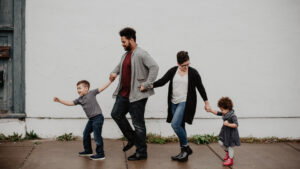Parenting Autism can be a lot of things.
I think one of the best approaches that you can take as a parent is to plan ahead and start early.
Learning spaces allow your child with Autism to have individual areas within the home or even outside that pertain to different tasks, responsibilities or activities. One of the most important factors to having a learning space is that it follows your child(s) path.
This means that your child is able to lead the show and create spaces that are specific to his/her needs.
I’ve been around Autism all my life. My sister, Diane, was diagnosed at an early age. I have so many memories of the up and down roller coaster of emotions surrounding Autism. I also understand the importance of allowing the individual to create a path versus being directed. Often, parents to children with Autism struggle with understanding the importance of listening and observing their child(s) needs versus parenting with the “notion of what the parent thinks is right”.
Before moving forward in the reading, I want to share a personal favorite show of mine. Parenthood. I have posted a short clip. Overall, the show focuses on a family that has a child with Autism.
I want you to consider a learning space as an area that your child will:
-
Truly enjoy
-
Receive benefit from
Before moving forward.
Lets define a learning space:
A learning space is an isolated location in which your child is able to focus on one particular thing.
Setting up the learning space
It is vital that your child enjoys some of the learning spaces provided to them. As the parent, I am sure that you are knowledgeable in what your child(s) interest and hobbies are. Identify the personal interest or hobbies and create an isolated space for it.
Examples may include:
-
Your child’s favorite activities.
-
Personal goals that your child is working on.
-
School work/task.
-
Home expectations.
-
Behavioral goals.
-
Fun activities: video games, coloring, or board games.



